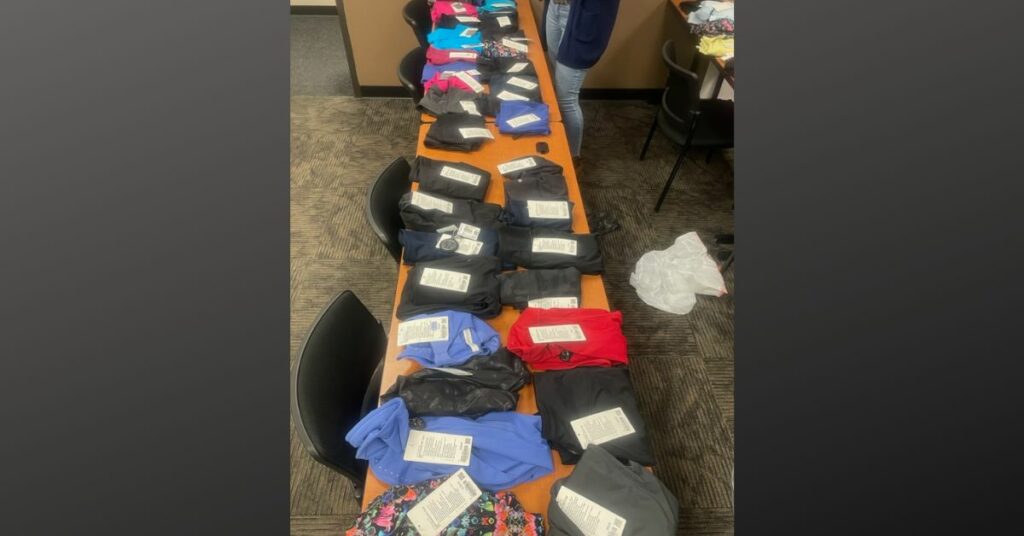Foxtail grass looks innocent enough from a distance, but the bushy, wheat-like seeds that wave in the wind this time of year are highly poisonous to pets.
Grass awns, the seeds’ sharp protrusions, have barbs that can snag fur. If not caught in time, they can penetrate the skin and even make their way into the internal organs of a dog or cat.
These tiny barbs can be stepped on and embedded in the animal’s fur. For example, it’s not unusual to observe them travelling up people’s nostrils. Dr Ashley Bourgeois, a veterinarian and board-certified dermatologist in Portland, claims to have removed numerous ear mites during her career.
Although grass awns are more common in dogs, they can infect cats. In extreme circumstances, owners of pets with these conditions may need to spend thousands of dollars on intensive medical care.
That’s why Bourgeois thinks pet owners should know there are measures they may take immediately to lessen the severity of an accident.
Foxtails are a form of spear-shaped grass that can be extremely harmful to #dogs. In a new story for @RoverDotCom, #Virbac DVM Dr. Genna Mize helps explain why dog owners should be aware of foxtails – and what they can do to help their dogs avoid them https://t.co/YkymSnkdkx pic.twitter.com/tJDKpWqTtu
— Virbac_US (@Virbac_US) June 13, 2023
Dogs used for labour or hunting who spend significant time in areas away from paved trails and sidewalks are most at risk from foxtail grasses. Even city dogs can pick up the grasses on their walks because they grow all around Portland, and the wind can carry the seeds wherever.
Bourgeois stressed the need for proactivity in the protection of dogs. After a dog has been outside, its owners should brush their fur, inspect between their toes, and turn their ears back.
Dog owners can also watch for licking or chewing of the paws, redness in the dog’s ears, or any other indicators of irritation. These additional signs suggest that something may be amiss.
Read More:-
- Breaking News: The North Tabor Gunshot Victim Has Been Identified
- Breaking News: The Hit-and-run Victim From April 28 Has Been Identified
Do they suddenly begin sneezing for no apparent reason? Quote from Bourgeois. Sneezing that suddenly is one of the symptoms we’ll hear about if someone has a grass awn stuck in their nose. Also, I’m looking for anything that seems out of the ordinary.
Bourgeois advised seeing a vet quickly if signs of severe discomfort were discovered. If a vet can look at it quickly enough, it may be possible to avoid a big operation. A veterinarian can sometimes remove a grass lawn, and the dog will recover without more treatment. If they can respond fast, a significant process may not be necessary.
Veterinarians will continue to check in on the animal even after the grass awn has been cut off, according to Bourgeois.
“I have had cases where I remove something. I think it’s looking pretty good, and then we’ll find out a week or two later there is some infection that kind of got embedded with that foreign body, so then we will have to address it,” she said.
Surgical removal of the seed is occasionally required if it enters the ear or paw. One of these seeds, according to Bourgeois, might be able to puncture a dog’s eardrum. Some grass awns have made their way inside people through skin, ear, or nose cuts. Some vets, according to Bourgeois, have discovered them in lung lobes. Pet owners may be alarmed by this, but Bourgeois assures them that preventing problems like this is simple.
“If we’re being proactive, preventative, seeking care early if it’s not getting better or something acutely is happening, then you’re really going to prevent a lot of those extreme things from occurring,” she said.





